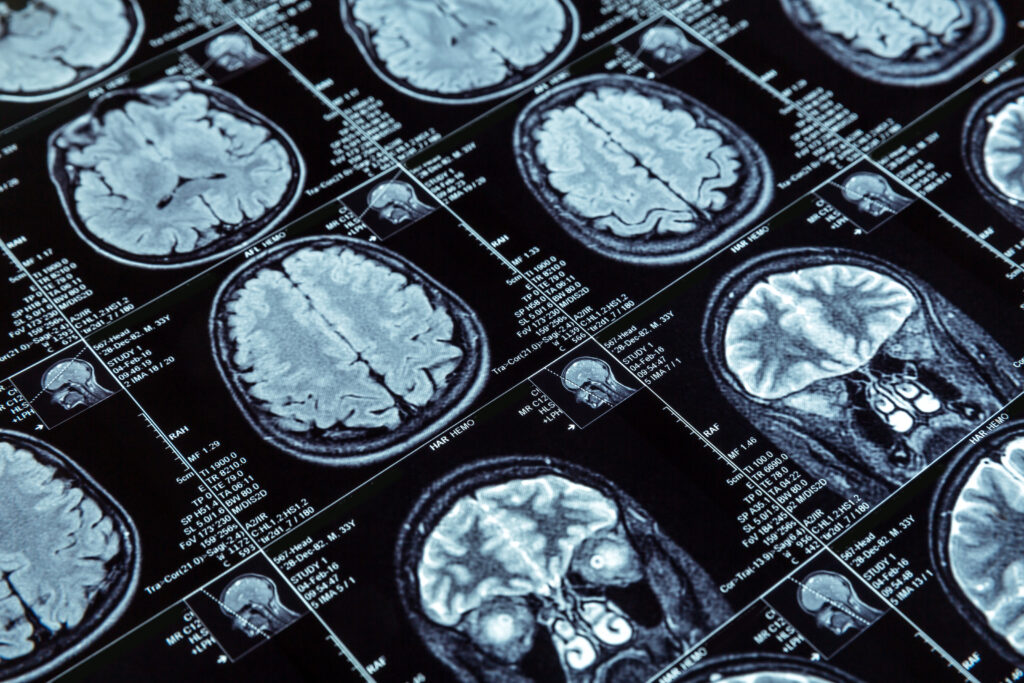When Biogen/Eisai announced that its biologic drug candidate, lecanemab, met a Phase III primary endpoint last week, many of us were reminded of a similar announcement made in November 2019 on aducanumab. Given the echoes of aducanumab’s complicated past (which produced an accelerated approval by the FDA but resulted in its rejection by the clinical and payer community), it seems prudent to tread carefully when it comes to lecanemab.
Unanswered questions and key areas of concern
Last week’s announcement left us with many unanswered questions, some of which include the characteristics of the study population (and its representativeness), the nature of the reported treatment effect (the companies reported a 27% reduction in cognitive and functional decline as measured by the Clinical Dementia Rating (CDR-SB) at 18 months, and claimed meeting secondary endpoints, as well) and its side effects.
Although we may have many of these answers soon (as early as on November 29, when Biogen/Eisai plan to present their Phase III study results at the Clinical Trials on Alzheimer’s Congress in San Francisco, and most likely in more detail following FDA’s decision in January 2023 and a publication of trial results in a peer-reviewed manuscript), other questions will take longer time to answer. These will be instrumental in ensuring patient access to this treatment if it meets basic regulatory requirements.
Sign up for Schaeffer Center news
In our previous work, we showed that even if an effective treatment for Alzheimer’s disease becomes available, most healthcare systems will face unique challenges when it comes to 1) diagnosing and treating all eligible patients, and 2) paying for such disease-modifying therapies. Here, I offer just a few highlights, with links to our recent publications for further reference.
How do we diagnose and treat all eligible patients?
Several years ago, we started our work by studying the preparedness of the U.S. and other healthcare systems to diagnose and treat millions of patients possibly eligible for new disease-modifying therapies in Alzheimer’s disease (in many trials, patients with mild cognitive impairment due to Alzheimer’s disease (aMCI) are included, resulting in many more eligible patients than just those with diagnosed Alzheimer’s disease in its first stage). Lecanemab is one of them.
Our reports of health systems’ preparedness in the United States, EU-6, Canada and other regions showed that a typical patient would need to wait many months before receiving an accurate diagnosis (using PET or CSF tests to confirm amyloid positivity, a pathological hallmark of the disease), and patients would also have to wait for months, if not years, to see a dementia specialist who would be able to indicate disease-modifying treatment.
Our work has shown that blood-based biomarkers may accelerate the patient journey and make screening less costly. While some of the first blood-based biomarkers are now commercially available, they have a long way to go for clinical adoption (partly because of their limited clinical utility to date and a lack of reimbursement, and partly because of questions related to their diagnostic value). The introduction of a possible new disease-modifying therapy for AD may change that.
Nonetheless, investments in additional positron emission tomography (PET) and cerebrospinal fluid (CSF) amyloid screening capacity may be necessary in the U.S. and other countries given the large numbers of patients who may seek out a more specific diagnosis of their cognitive impairment, and clinicians’ comfort levels with emerging biomarker tools (a recent study estimates that it will take 3-5 years to implement blood-based biomarkers in specialist memory clinics, and up to 10 years in primary care settings).
Finally, investments in the infusion capacity, together with the development of processes to systematically monitor adverse effects of new treatments (most likely using magnetic resonance imaging (MRI) as is required for patients treated by aducanumab) will be required. This will not only increase the cost of treatment, but also result in other possible bottlenecks for timely patient access to new therapies.
How do we pay for Alzheimer’s therapies?
Biologic therapies require infusions and are generally expensive, even with biosimilar competition. Aducanumab’s list price was ultimately slashed to $28,000 for about 13 infusions per year, yet ICER and our work showed that the cost-effective price would likely be less than half of that (for most patients), with QALY gain estimates ranging from 0.16 QALYs per patient in an ICER model to about 0.53 QALYs per patient in our work (in the most optimistic scenario we modeled). As William Herring and others have shown, and our our forthcoming publication comparing different economic models in AD documents, the modeling of Alzheimer’s disease therapies is highly complex and requires critical assumptions which may not apply to all cases.
However, even if lecanemab exceeds expectations and provides significant clinical and economic value to the patient (and the healthcare system), payers will not automatically roll out the red carpet to Biogen/Eisai. This is due to the challenges related to value assessment and payment for treatments.
Our work on payment and access to AD therapies has contributed the following insights:
- The expected clinical and economic value of treating MCI and mild AD will differ significantly by age and the nature of the treatment effect (e.g. its persistence, improvements in cognition vs. function etc.). This will make value assessment context- and (likely) payer-specific.
- Payers may opt to pursue payment models that reduce their short-term costs, largely because of the uncertainty of the benefits, and (in younger patients) the risk of patients switching between plans. Two basic types of payment models that may be considered include indication-based pricing and outcome-based contracts. Such payment models would most likely require investment in real-world evidence generation and adjudication. (We published foundational work on innovative payment models and the market failures they address in this paper.)
- Given the variable benefit observed in subgroups of AD patients (e.g. those with many comorbidities and a higher age may be less likely to benefit than those who are younger and less advanced in their disease), payers and policy-makers will soon need to address the allocation of limited resources (specialist capacity, funding, diagnostic and infusion capacity, among others) to achieve the best possible outcomes. This will be highly dependent on legal, ethical, economic and political factors (including future decision-making by CMS related to Medicare coverage). To inform such decision-making, more evidence related to disease and treatment modeling as well as disease burden (incl. caregiver and societal implications of AD and disease-modifying therapies) needs to be presented.
Hope for millions of people
Despite these challenges and the unanswered questions about lecanemab and the broader disease area, results reported last week should be a source of hope for millions of patients and their families. As we await the detailed results from lecanemab’s Phase III trial, we have much work to do on many fronts, from developing clinical pathways for diagnosis and treatment to addressing payment challenges.
If we get this right, however, the generation of our parents (and grandparents) may be the first one to benefit from a truly significant biomedical breakthrough, paving the way for even more effective interventions in the future.
Other experts who have contributed to the work referenced above include Soeren Mattke, Bryan Tysinger, Peter Neumann, Paige Lin, Darius Lakdawalla, Tara Lavelle, Jeffrey Yu, Jenny Lam, Ron Handels and Sang Kyu Cho.



